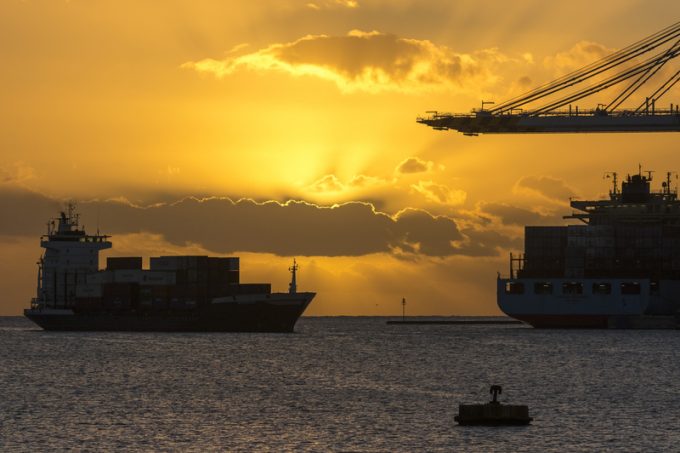Fortress SITC – liner shipping's insulated star performer
Is it a bird? Is it a plane? Nope, it’s a ship

Brokers are reporting more “heightened activity” in the containership charter market as ocean carriers fight to secure tonnage to mitigate the impact of Red Sea diversions.
According to an analysis by Maritime Strategies International (MSI), carriers could need to deploy up to 200 extra ships on their east-west networks in order to maintain weekly sailings.
Meanwhile, Alphaliner reported that daily hire charter rates “have been rising across the board”.
“The crisis in the Red Sea, ...
Amazon pushes into LTL for small package fulfilment and UPS does a u-turn
New senior management for DSV as it readies for DB Schenker takeover
Volumes set to 'fall off a cliff' as US firms hit the brakes on sourcing and bookings
Asian exporters scramble for ships and boxes to beat 90-day tariff pause
Temporary tariff relief brings on early transpacific peak season
'Tariff madness' will prompt renegotiation of ocean shipping contracts
Forwarders 'allowing the fox into the chicken run' by supporting 'hungry' carriers
Response to tariffs by Chinese importers may see extra costs for US shippers

Comment on this article